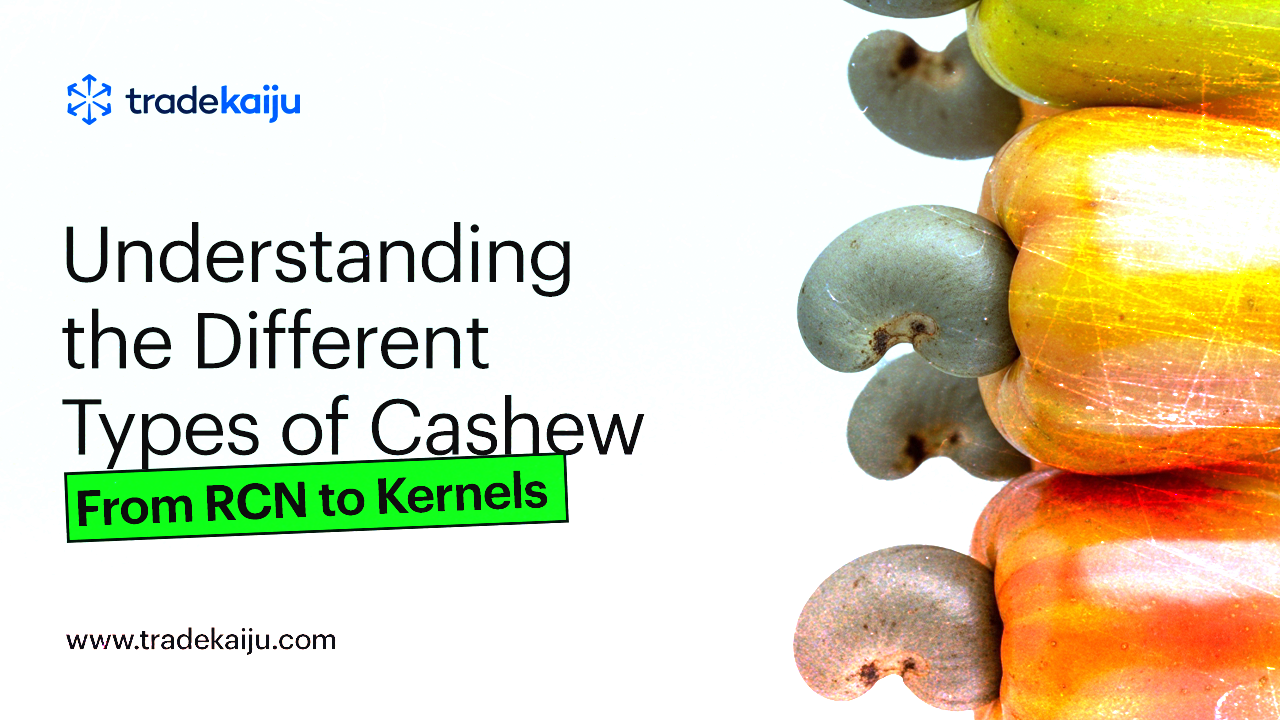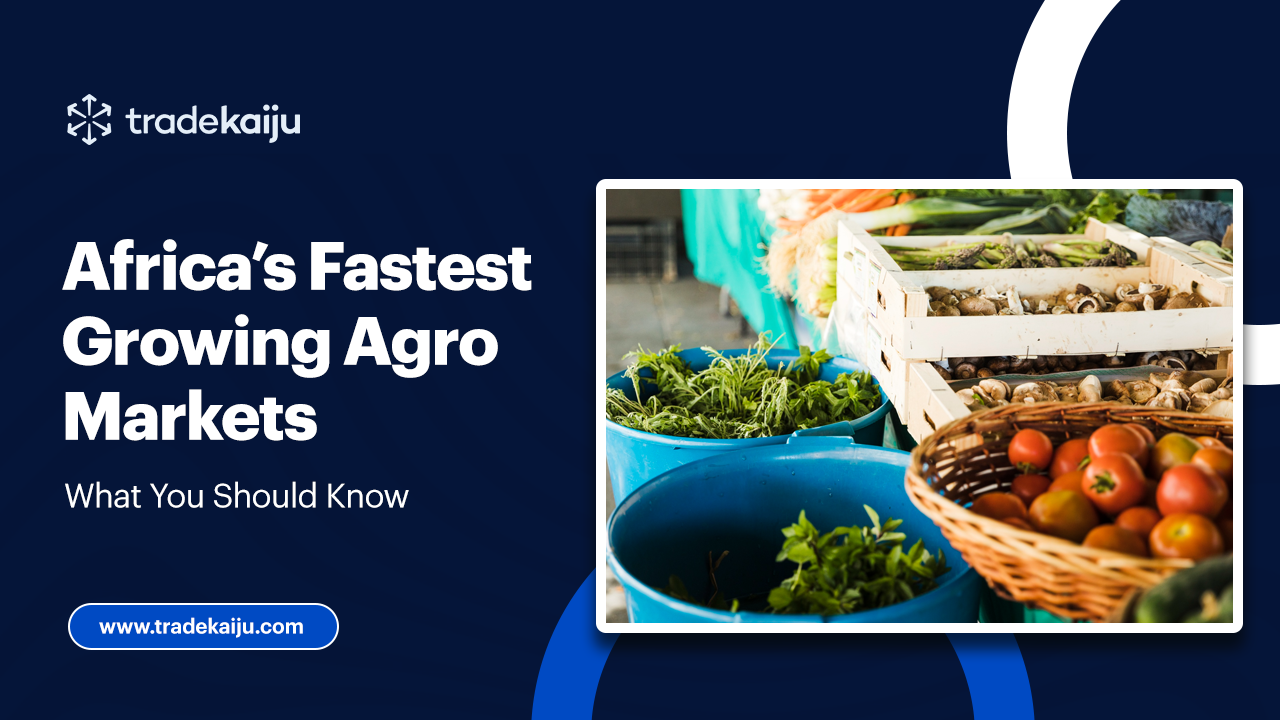Understanding the Different Types of Cashew: From RCN to Kernels
Date Posted: 2025-10-21 11:06:37

Cashew is one of Africa’s most valuable export crops, yet many people (especially new traders) don’t fully understand the various forms in which cashew is processed, sold, and used. Whether you're a farmer, processor, aggregator, or exporter, knowing the types of cashew can help you better position yourself in the value chain. In this blog post, we break down the key types of cashew products, their uses, and where the opportunities lie. 1. Raw Cashew Nuts (RCN) Raw Cashew Nuts (RCN) are the primary form in which cashews are harvested and traded. They are cashew nuts still in their hard outer shell, usually sun-dried after harvest. Usage: RCNs are typically exported to processing hubs like India and Vietnam where they are shelled and sorted into edible kernels. Key Exporters: Nigeria, Benin, Ivory Coast. Opportunities: Africa produces over 50% of global RCN but processes less than 10%. There's huge potential in local value addition. Once RCNs are processed, the shell is removed. But these shells are not waste—they’re a valuable byproduct. What’s inside: Cashew Nut Shell Liquid (CNSL), a highly versatile industrial oil. Industrial Uses: CNSL is used in making brake pads, resins, lubricants, insecticides, paints, and even biofuels. Opportunity: CNSL is often underutilized in African markets, presenting a unique industrial investment gap. The cashew kernel is the part we all love, the edible nut found inside the shell. It comes in various grades based on size, shape, and color. Grades: W180 – King of cashews (largest and most expensive) W210, W240, W320, W450 – Smaller in size but widely traded. Splits and Pieces – Broken nuts used in baking, cereals, and nut butters. Market: Europe, the U.S., and the Middle East are major importers of processed cashew kernels. These are ready-to-eat kernels that have been roasted, salted, spiced, or flavored. Formats: Whole roasted, honey-coated, chili-spiced, or mixed with other nuts. Target Market: The retail snack market in supermarkets, convenience stores, and airports. Business Tip: Branding and packaging matter here. Value is in the presentation as much as the nut itself. Extracted from the shell of the nut, CNSL is a dark, viscous oil with multiple industrial applications. Key Uses: Brake linings Paints and varnishes Bio-based resins Insulating materials Export Potential: Highly valued in India, China, and the U.S. for industrial use. In conclusion, understanding the different types of cashew can unlock new business opportunities in both local and export markets. Whether you're looking to trade raw cashew nuts, start a small processing outfit, or get into the industrial side with CNSL, the cashew value chain is wide and full of possibilities. If you're looking to buy, sell, or process cashew in Nigeria or across West Africa, platforms like TradeKaiju can help you access verified buyers, suppliers, and exporters in just a few clicks.2. Cashew Nut Shells (CNS)
3. Cashew Kernels
4. Processed or Roasted Cashews
5. Cashew Nut Shell Liquid (CNSL)
Similar Blog Posts

Africa’s agricultural sector is on the rise, and so is global demand for its produce. As the continent continues to bu

Africa isn’t just a participant in the global commodity market, it’s a driver. The continent holds: 30% of the worl

Africa is fast becoming a global agricultural powerhouse. With a combination of favorable climate, expanding investment,